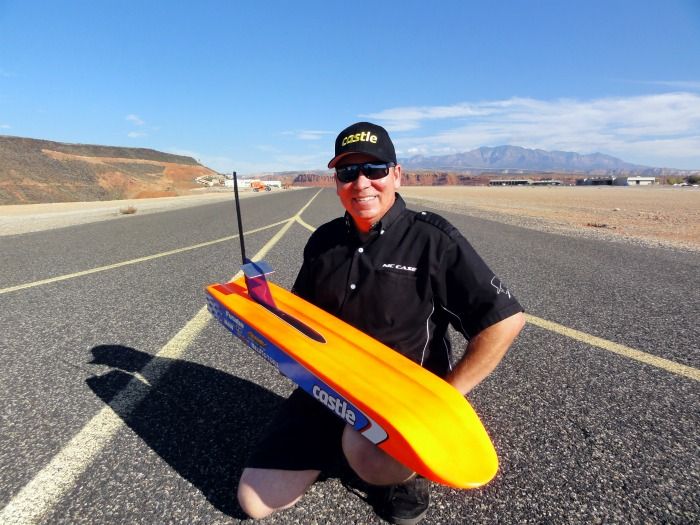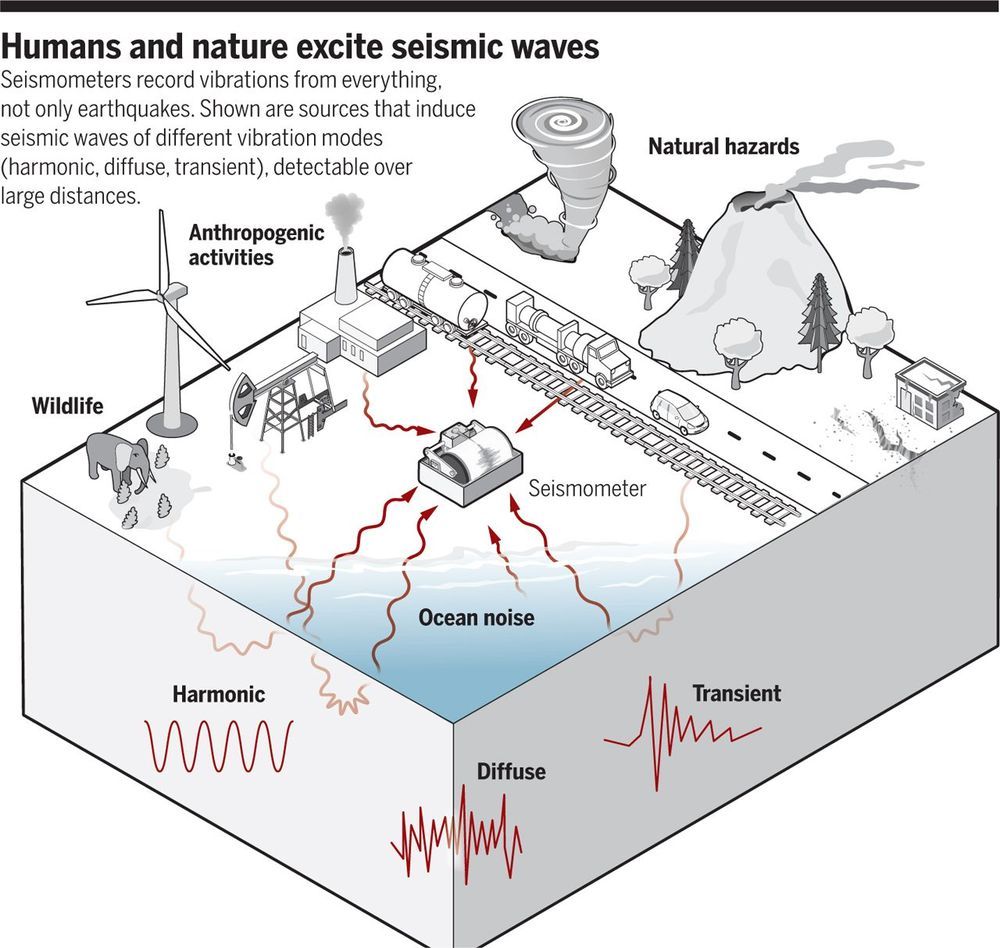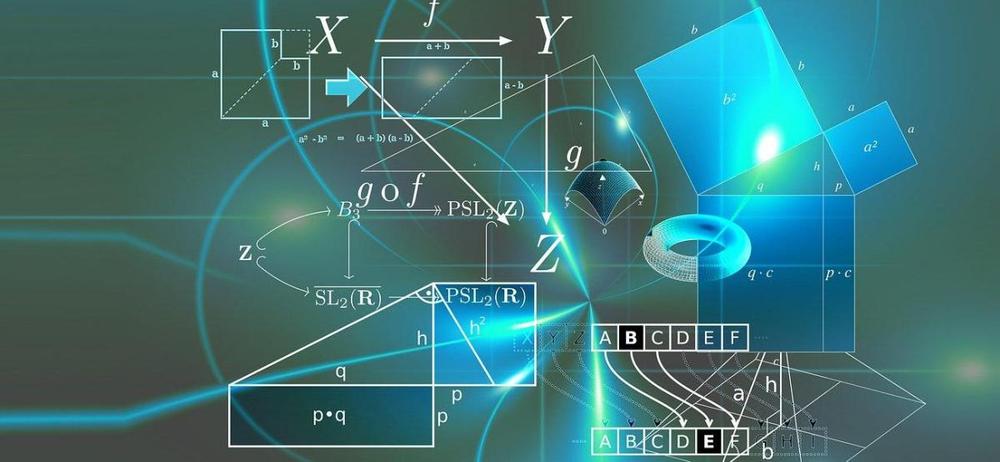Page 6222
Sep 12, 2020
Scientists Discover “Vantablack” Deep-Sea Creatures
Posted by Quinn Sena in category: futurism
Sep 12, 2020
Humanity’s Babel Tower: Space Elevator
Posted by TJ Yoo in categories: business, space travel
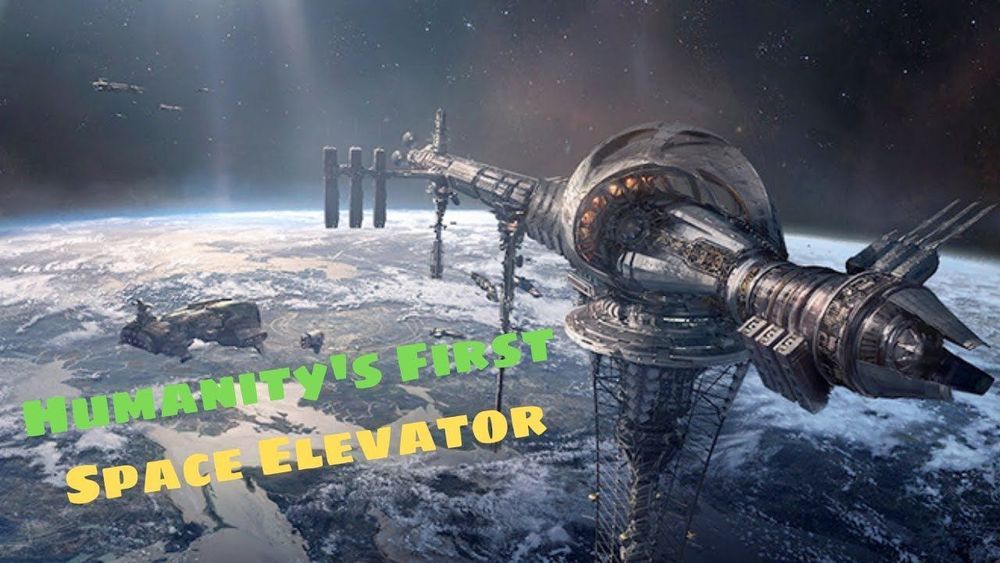
In the book of Genesis, the Bible recounts the Babel tower that, once built, would allow humanity to do whatever it wishes. In this video, I will go over how humanity’s first space elevator will revolutionize human progress in space exploration and colonization. I will also go over the risks of a possible space elevator.
Discord Link: https://discord.gg/brYJDEr
Patreon link: https://www.patreon.com/TheFuturistTom
Please follow our instagram at: https://www.instagram.com/the_futurist_tom
For business inquires, please contact [email protected]
Sep 12, 2020
Mind-blowing Andromeda galaxy and ‘Cosmic Inferno’ earn space photo contest’s top prizes
Posted by Quinn Sena in category: space

An international contest for space photography awarded its top prize to the photographer who captured a unique view of the Andromeda galaxy.
Our planet vibrates incessantly, sometimes with notable but more often with imperceptible intensity. Conventional seismology attempts to decipher vibrational sources and path effects by studying seismograms—records of vibrations measured with seismometers. In doing so, scientists seek either to understand the tectonic processes that lead to strong ground motions and earthquake failure (1) or to probe otherwise inaccessible planetary interiors (2). Progress in these areas of research typically has relied on the rare and geographically irregular occurrence of large earthquakes. However, anthropogenic (human) activities at Earth’s surface also generate seismic waves that instruments can detect over great distances. On page 1338 of this issue, Lecocq et al. (3) report on a quieting of anthropogenic vibrations since the start of the severe acute respiratory syndrome coronavirus 2 (SARS-CoV-2) pandemic.
http://www.sciencemag.org/about/science-licenses-journal-article-reuse
This is an article distributed under the terms of the Science Journals Default License.
Sep 12, 2020
Those orange Western skies and the science of light
Posted by Genevieve Klien in categories: chemistry, physics, science
Sure, it was wildfire smoke that made parts of California and Oregon change hue. But inside that smoke was alchemy — the chemistry and physics of molecules and wavelengths.
Sep 12, 2020
OpenAI ‘GPT-f’ Delivers SOTA Performance in Automated Mathematical Theorem Proving
Posted by Genevieve Klien in categories: mathematics, robotics/AI
San Francisco-based AI research laboratory OpenAI has added another member to its popular GPT (Generative Pre-trained Transformer) family. In a new paper, OpenAI researchers introduce GPT-f, an automated prover and proof assistant for the Metamath formalization language.
While artificial neural networks have made considerable advances in computer vision, natural language processing, robotics and so on, OpenAI believes they also have potential in the relatively underexplored area of reasoning tasks. The new research explores this potential by applying a transformer language model to automated theorem proving.
Automated theorem proving tends to require general and flexible reasoning to efficiently check the correctness of proofs. This makes it an appealing domain for checking the reasoning capabilities of language models and for the study of reasoning in general. The ability to verify proofs also helps researchers as it enables the automatic generation of new problems that can be used as training data.
Sep 12, 2020
SpaceX’s Starlink satellite internet only has 20-millisecond lag
Posted by Genevieve Klien in categories: internet, satellites
Sep 12, 2020
Linking calorie restriction, body temperature and healthspan
Posted by Jeff Myers in categories: biotech/medical, food, life extension, neuroscience
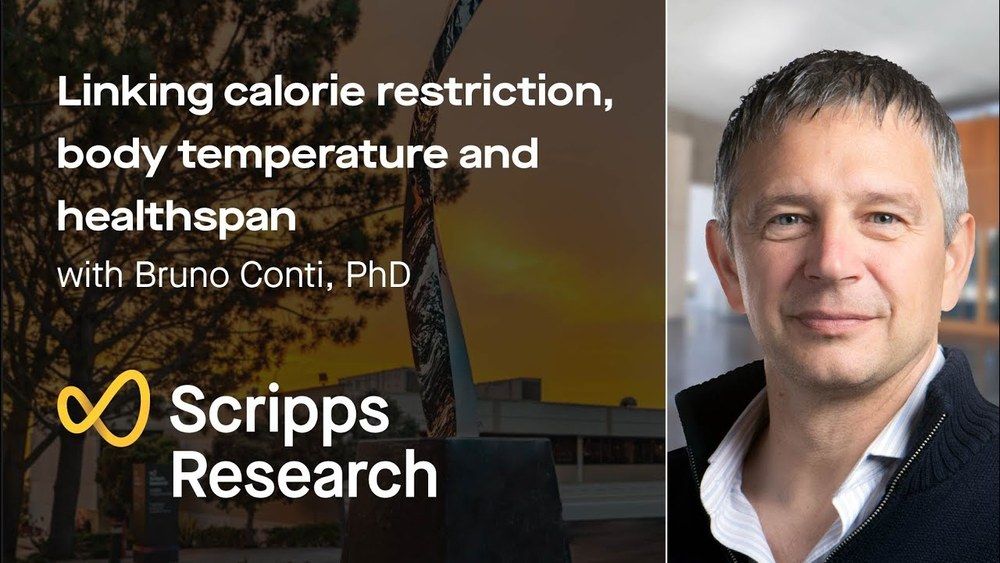
Cutting calories significantly may not be an easy task for most, but it’s tied to a host of health benefits ranging from longer lifespan to a much lower chance of developing cancer, heart disease, diabetes and neurodegenerative conditions such as Alzheimer’s.
A new study from teams led by Scripps Research Professors Bruno Conti, Ph.D., and Gary Siuzdak, Ph.D., illuminates the critical role that body temperature plays in realizing these diet-induced health benefits. Through their findings, the scientists pave the way toward creating a medicinal compound that imitates the valuable effects of reduced body temperature.
Continue reading “Linking calorie restriction, body temperature and healthspan” »
Sep 12, 2020
How Neural Networks Work (From The Brain To Artificial Intelligence)
Posted by Ankur Bargotra in category: robotics/AI

This video was made possible by Brilliant. Be one of the first 200 people to sign up with this link and get 20% off your premium subscription with Brilliant.org! https://brilliant.org/futurology
In the last video in this series we discussed the differences between deep learning and machine learning, how and when the field of deep learning was officially born, and it’s rise to mainstream popularity. The focus of this video then will be on artificial neural networks, more specifically – their structure.
Continue reading “How Neural Networks Work (From The Brain To Artificial Intelligence)” »
